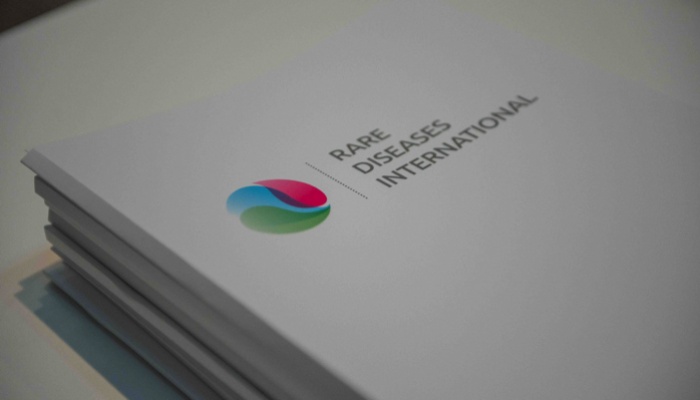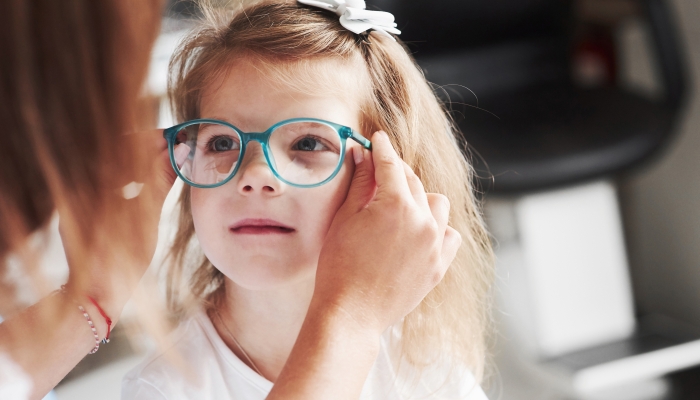Leaving no one ‘LCA patient’ behind: Rare Diseases International policy event

“When you received your, or your child’s, diagnosis you might have felt as if in the desert; alone and no idea which direction is the right one” (Jim Green, International Niemann-Pick Diseases Alliance, President).
Yes, maybe sometimes, but during the policy event of Rare Diseases International I felt anything but alone.
Over the last two years I have learned a lot about the genetics behind my son’s disease LCA10, about raising a blind child and also about all the stakeholders – policy makers, regulators, insurances, basic researchers, industry, clinical research organizations, medical doctors and patients – that are involved in bringing a possible treatment to the patients.
Living in the Lake Geneva region has one advantage, many global health organizations have their basis here and thus conferences are often taking place. This month, Rare Disease International organized a policy event about “the right to health.”
So what interesting things did I learn for the LCA community? Here are my three biggest take aways:
- Firstly, that policy makers all over the world have been working hard to create global associations, e.g. the event was opened by our own Retina International President Christina Fasser who ended her speech by saying that together we should achieve that “No one is left behind”.
- Secondly, that these global associations have worked hard to get a seat at the United Nations table. Yann Le Cam, the CEO of EURORDIS & Rare Diseases International (RDI) explained that RDI has created a NGO Committee for Rare Diseases whose goal is to include rare diseases in the 2030 Sustainable Development Goals, e.g. the right to health, education and work.
- Finally, that researchers have gathered in the International Rare Diseases Research Consortium in order to achieve their vision “enable all people living with rare disease to receive diagnosis, care and therapy within one year of coming to subspecialty medical attention”.
Big visions and great goals. It made me hopeful for a future with inclusive education for all our children, job possibilities for all our children, a quick diagnosis for new patients and maybe a treatment for improved vision.
What can you do? Help the BLACKSWAN Foundation by signing their petition to increase support for rare diseases research.
Related Posts

Eye Conditions and Syndromes, Visual Impairment
Neuralink Announces Plans to Restore Sight to the Blind with Brain Chip
Elon Musk’s company Neuralink has announced plans to begin human trials of its new “Blindsight” brain chip by the end of 2025.

Eye Conditions and Syndromes
Does Screen Time Affect Kids’ Vision?
Too much screen time can affect kids’ vision by causing eye strain, blurred vision, dry eyes, and even nearsightedness in children and adolescents.

Eye Conditions and Syndromes, Support, Visual Impairment
Coping with a Diagnosis: Emotional Support for Families with Visually Impaired Children
Families with emotional support are more resilient. Learn how to establish emotional support with peers, professionals, and the community to help your family thrive.